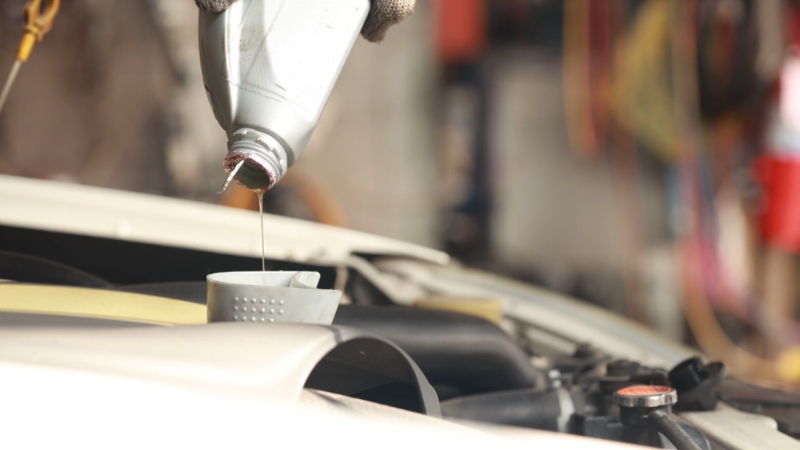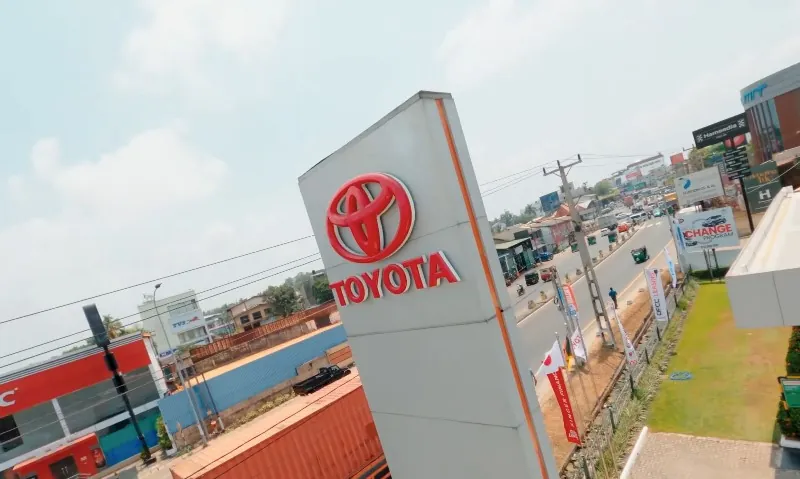
Share Post:
On March 26, 2025, the White House, under former President Donald Trump, announced sweeping 25% tariffs on imported vehicles and automotive parts, as per NY Times.
The policy went into effect on April 3 for vehicles and May 3 for parts, launching a seismic shift in the auto industry.
The stated goal? Bolster domestic production and shield national security. But the real-world impact is far more complex, touching everything from consumer prices to global trade relationships.
Let’s break down what’s really happening under the hood of this new trade policy—and how automakers are shifting gears to stay competitive.
Table of Contents
ToggleThe Roots of the Tariff
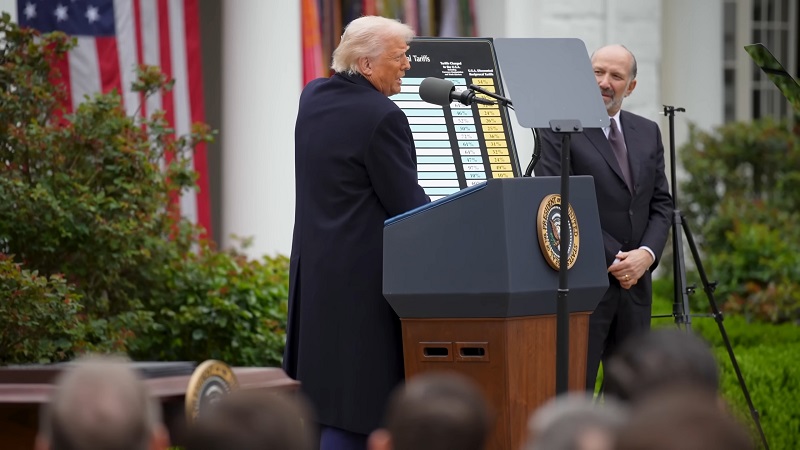
According to the White House, the new tariffs fall under Section 232 of the Trade Expansion Act of 1962. That means they were justified on national security grounds.
The White House argued that the COVID-19 pandemic revealed the fragility of U.S. auto supply chains and the dangers of relying on foreign-made vehicles and parts.
More than $460 billion worth of vehicles and components were imported into the U.S. last year. That includes:
- Passenger cars and light trucks
- Engines and powertrain components
- Transmissions
- Electronic systems and wiring harnesses
Parts from key U.S. allies like Canada, Mexico, Japan, and South Korea are all affected, although the United States-Mexico-Canada Agreement (USMCA) provides partial relief for compliant products.
Still, the ripple effect is massive, especially considering that roughly 50% of the parts used in U.S. vehicle assembly are imported.
Tariffs and Consumer Prices
The most immediate impact? You guessed it: higher prices at the dealership.
According to Cox Automotive, U.S. car buyers can expect price increases of 10% or more.
That translates to roughly $5,300 added to the cost of vehicles from countries like Mexico, Japan, and South Korea. And the price pressure doesn’t stop there.
Even American-assembled cars will get more expensive. Why? Because many of them still rely heavily on imported parts. Cars.com reports that every 2025 model sold in the U.S. contains at least 20% foreign components.
As a result, we’re likely to see average new car prices surge past $50,000—a tipping point for many consumers. In fact, 18% of shoppers in early 2025 said they were rushing to buy a car before prices climbed even higher.
How Automakers Are Responding
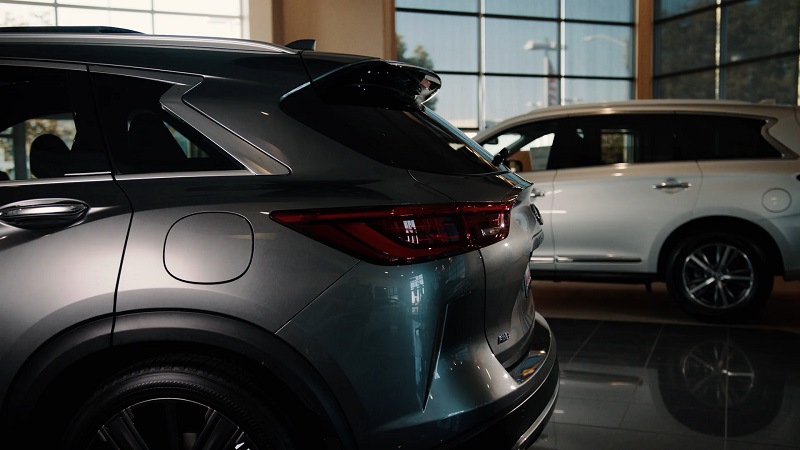
With billions on the line, automakers are reshaping their entire playbook. Let’s look at how some major players are adapting:
| Automaker | Strategy | Key Details |
| Stellantis | Shift to U.S. production | Moved Ram 1500 from Mexico to Michigan; 900 U.S. layoffs |
| Jaguar Land Rover | Paused U.S. exports | Temporary halt to reassess options |
| Hyundai | Ramped up U.S. EV production | Expanding Georgia plant; no price increases until June |
| Toyota | Holding prices steady | U.S. sales jumped in March |
| Ferrari | 10% price hikes on most models | Some models like Roma and SF90 exempt |
| BMW | Absorbing tariffs temporarily | Covers costs for Mexican-built 3 Series until May |
| Ford | Offering employee-style pricing | Launched “From America, For America” campaign |
| Nissan | Price cuts on select models | Focus on Rogue and Pathfinder |
The message is clear: automakers are taking radically different paths depending on their production flexibility, target markets, and supply chains.
As manufacturers adjust their strategies, consumers seeking to purchase vehicles from different regions may benefit from services providing verified carriers and instant quotes to facilitate efficient and secure transportation.
Stellantis – A Case Study in Disruption and Adaptation
No company has been hit harder than Stellantis, the parent of Jeep, Chrysler, and Fiat.
- Production Halts: The Windsor plant in Canada and Toluca in Mexico were both temporarily idled, leading to layoffs for 900 U.S. workers and 4,500 Canadians, CBS News report.
- Production Shifts: Ram 1500 production is being moved to Michigan, which is a tactical pivot, according to Mopar Insiders, to avoid the new 25% tariff.
- Supply Chain Revamp: According to Automotive News, Stellantis is working to increase North American content to 80%, focusing on USMCA compliance.
- Financial Pause: The company suspended its 2025 financial guidance due to ongoing tariff uncertainty.
Hyundai and Toyota Are Playing the Long Game

Hyundai, in contrast, is riding a wave of success. With record sales in March and expansion plans already in motion, the Korean automaker is doubling down on its U.S. footprint.
Its Georgia plant is being upgraded for EV production, and prices are frozen until June to maintain buyer confidence.
According to AP News, Hyundai’s $7.6 billion electric vehicle factory in Georgia began producing EVs in October 2024. The plant currently manufactures the Ioniq 5 and the larger Ioniq 9, with plans to also produce hybrids.
Used Cars Are Now Hot Property
With new car prices soaring, buyers are flocking to the used market. That demand spike has driven up prices by 2.2% in early 2025, with more increases expected.
Off-lease vehicles, once a reliable source of inventory, are becoming scarce as higher resale values tempt owners to hang on longer.
This shift is putting pressure on affordability, especially for first-time buyers and working families. Many are now priced out of both new and late-model used vehicles.
As of early 2025, the average new car price in the U.S. is approximately $48,641. This elevated pricing is attributed to factors such as tariffs and ongoing supply chain challenges.
The EV Squeeze
Electric vehicles, already expensive, are getting even pricier. Why? Tariffs on parts. Many EV batteries and related components are sourced from abroad, particularly from China.
- Graphite Tariffs: A new 920% duty on Chinese graphite has increased battery costs by 125%.
- Material Tariffs: Steel and aluminum tariffs hit EVs harder since they use more of both materials.
These challenges could pump the brakes on EV adoption, even as interest climbs and states push green incentives.
A Rollercoaster Economy
We saw a brief sales boom in March 2025, with the SAAR hitting 15.9 million units. But analysts expect a cooldown in Q2.
Goldman Sachs estimates:
- $100 billion in industry costs from tariffs
- Millions fewer vehicles sold over the next two years
For consumers, that likely means fewer incentives and a shrinking selection, especially for budget-friendly models.
Trade Tensions and Industry Pushback
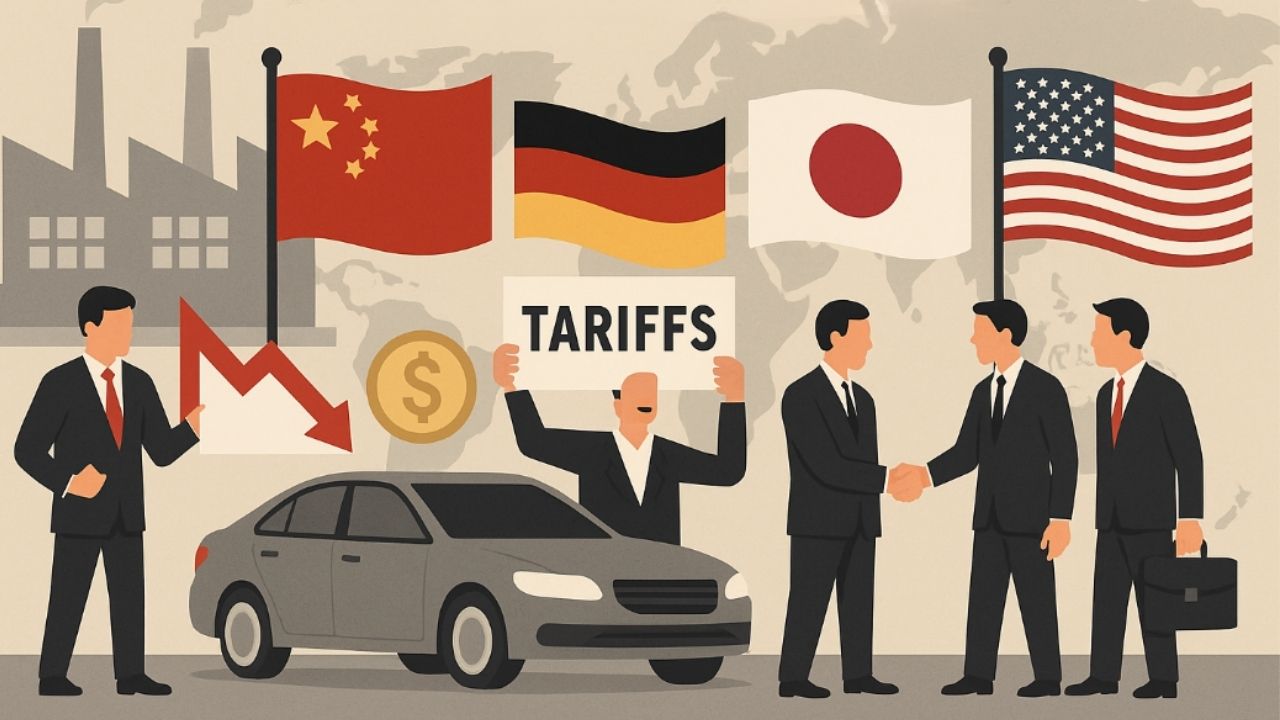
Not surprisingly, the tariffs have drawn international criticism.
- China: Tariffs on Chinese auto parts now exceed 145%, prompting strong rebukes and potential retaliatory action.
- Germany: Auto exports to the U.S. could drop by 30%. The German government has called for emergency trade talks.
- Japan and South Korea: Key allies are lobbying for exemptions, but no breakthroughs yet.
In the U.S., automakers have pushed back, leading to recent revisions:
- Duty-free import allowance of 3.75% (declining over three years)
- Credits for domestic part sourcing
- USMCA-based exemptions extended
GM, Ford, and Stellantis have all applauded these tweaks, though they say more work is needed.
What Comes Next?
With production shifting, prices rising, and foreign partners frustrated, the auto industry finds itself in a delicate balancing act. Companies are being forced to rewire global supply chains, rethink product lines, and recalibrate pricing—all in real-time.
Consumers, meanwhile, are adapting in their own ways. Some are turning to used vehicles. Others are holding off entirely. And many are simply left absorbing the higher costs.
Whether the tariffs succeed in reshaping American manufacturing remains to be seen. But one thing is already clear: the road ahead is anything but smooth.
Related Posts:


